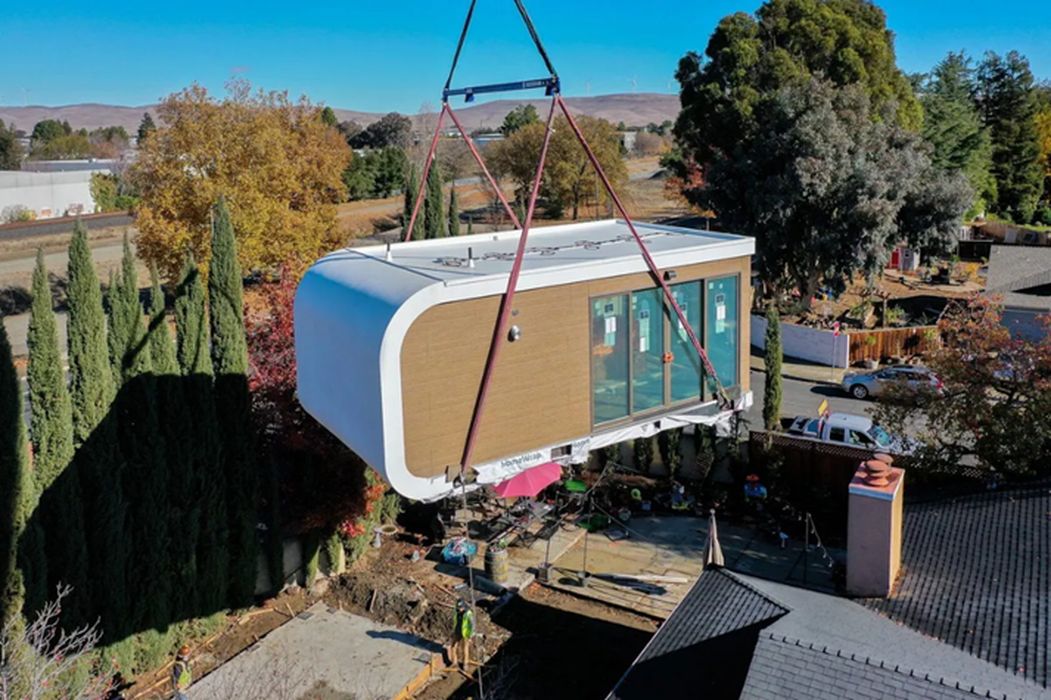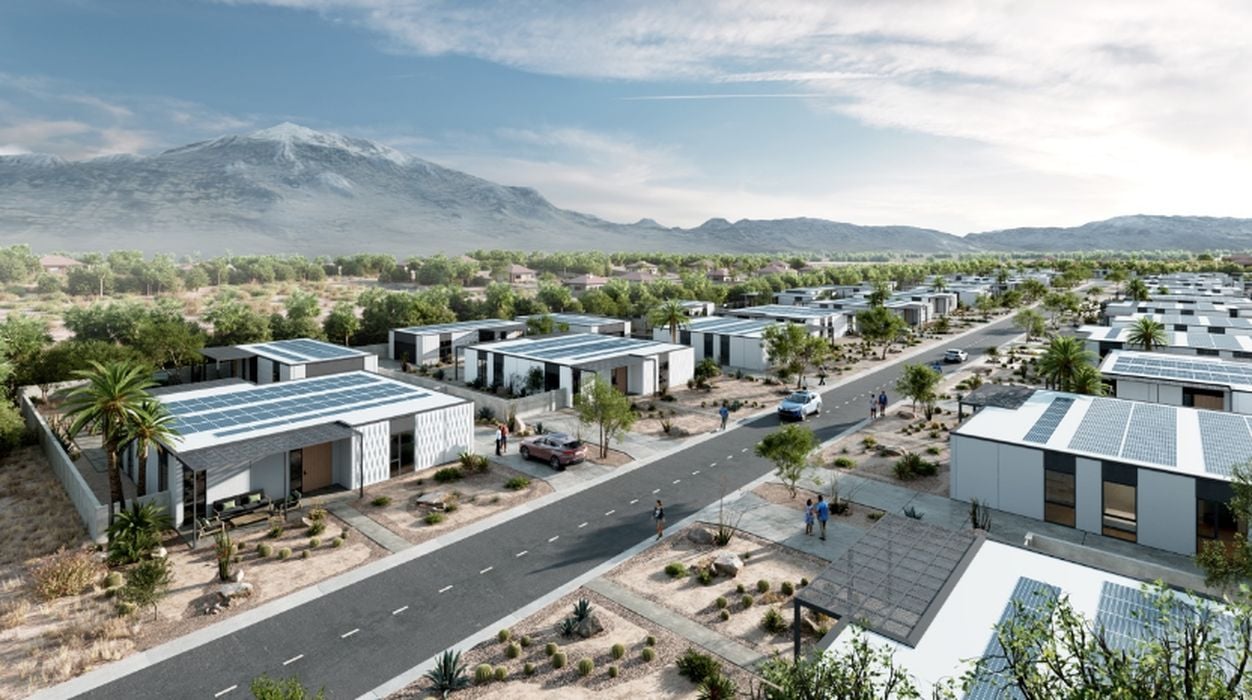
Charles R. Goulding and Preeti Sulibhavi examine Mighty Buildings’ innovative approach to factory-built panels amid slow adoption of new technologies in the construction industry.
Headquartered in Oakland, California Mighty Buildings (MB) is a building construction panel manufacturer and has recently raised an additional US$52 million for a total of US$144 million in capital.
There are multiple companies engaged in on-site gantry robot and 3D printing construction technology. Some of its leaders include SQ4D, Cemex Ventures, or its collaborator, COBOD.
MB’s factory-built panels exceed stick-built quality building envelope construction and are much more cost-effective. The tradition-bound construction industry is still slow to embrace new technologies. Building contractors who embrace the panel technology may also get more comfortable combining it with the gantry-based 3D printing on-site construction systems.
International Focus
MB’s expansion efforts are in fast-growing international markets including Mexico and the leading Arab Gulf States with construction demand including, Saudi Arabia and the United Arab Emirates (UAE). Post-war the Middle East is going to require a tremendous level of new construction.

Leading Investors
MB has attracted leading Investors including:
- Zeno Ventures
- CORE Innovation
- Khosla Ventures
- Combinator
- ARCTERN
- BOLD Capital
- Aramco Ventures (Saudi funding)
Most of these investors are focused on investing in exclusive private market opportunities that generate equity returns, while still serving the investors’ needs and demands. Most are closed-ended investment funds that raise funds to build exceptional companies.
The Research & Development Tax Credit
The now permanent Research and Development (R&D) Tax Credit is available for companies developing new or improved products, processes and/or software.
3D printing can help boost a company’s R&D Tax Credits. Wages for technical employees creating, testing and revising 3D printed prototypes can be included as a percentage of eligible time spent for the R&D Tax Credit. Similarly, when used as a method of improving a process, time spent integrating 3D printing hardware and software counts as an eligible activity. Lastly, when used for modeling and preproduction, the costs of filaments consumed during the development process may also be recovered.
Whether it is used for creating and testing prototypes or for final production, 3D printing is a great indicator that R&D Credit eligible activities are taking place. Companies implementing this technology at any point should consider taking advantage of R&D Tax Credits.
Conclusion
MB has an interesting technology strategy. The product addresses a true opportunity in the construction process and the large initial capital investment enables the company to immediately go global. This is an intriguing 3D printing-funded business plan worth watching.
